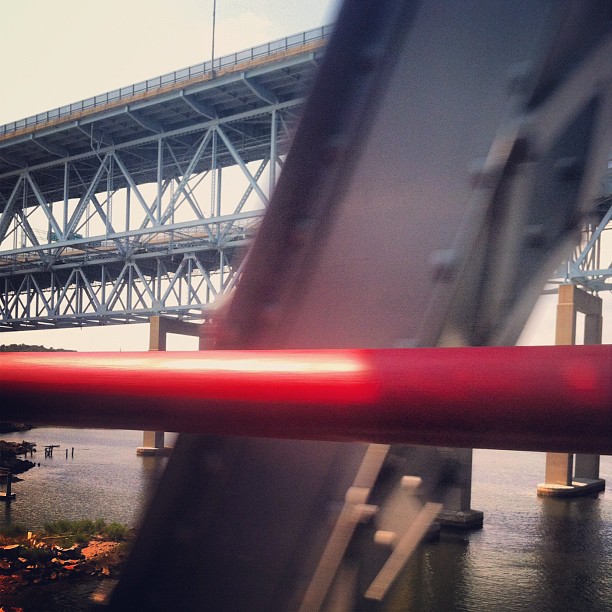On RIPTA’s $900k RAISE Grant
I’m probably a little too excited about the announcement that RIPTA is getting $900k to study the feasibility of a high-density transit corridor between Central Falls and Warwick, connecting Pawtucket, Providence and Cranston along the way. It’s just a feasibility study, after all. But it’s also a project I’ve literally dreamt about, and I think it could change the way Rhode Islanders think about Providence and its surrounding suburbs.
Part of the corridor being studied lies along Reservoir Avenue in Cranston. Reservoir Avenue is the type of stroad that no one likes to be on, but most people who live in the area can’t avoid. The businesses that line it are mostly there for the convenience of passers-by – think gas stations, fast food joints, and the like. But navigating Reservoir Avenue during rush hour is anything but convenient, especially if you’re not in a personal automobile.
When my imagination runs wild, I envision a Reservoir Avenue that looks similar to Beacon Street in Brookline, MA, or Geary Boulevard in San Francisco. I fantasize about tearing out the strip malls and parking lots and replacing them with mixed-use developments, and giving residents a convenient, car-free link to the urban core, with connections to regions beyond.
If this idea seems crazy, it’s not because it’s unprecedented. Providence, like many US cities, had its share of streetcar suburbs long before it had car suburbs. Cranston used to be on the edge of a much denser urban core, and many of RIPTA’s bus routes are former streetcar lines. So what changed?
It wasn’t that people switched to cars overnight, as we like to think. It took decades of highway building and misguided urban renewal to hollow out the city and scatter its population to the suburban fringe. It was a series of deliberate decisions made by planners that shredded the urban fabric, and prioritized driving and parking over walking to the end of the block. And the result is as unsustainable economically as it is environmentally, culturally, geographically…
But the damage isn’t irreversible, and younger generations continue to gravitate toward cities, even if they don’t stay there forever (and even despite the pandemic, believe it or not). As an early millennial myself, who moved back to Providence from a bigger city in 2019, I still try to live a low-car lifestyle, and prefer to commute by bus or bike over driving. And I know I’m not alone.
The pendulum of regional development is slowly swinging away from the ethos of expanding ever outward, and towards the idea of smart growth, which prioritizes filling in what’s already there and making it livable. Consider that Reservoir Avenue doesn’t have to be a route that you endure on your way somewhere, but a destination in its own right.
That’s the future I want to see. Let’s take stroads like Reservoir Avenue in Cranston and North Main Street in Providence, give them frequent and highly visible transit, and encourage more transit-oriented development. It’s exactly the sort of thing we should be doing to strengthen Rhode Island’s urban core, and it also happens to be in line with the Transit Forward 2040 plan that the state finalized last year.
I’m excited to see that plan starting to move forward, however incrementally.
Side-note: Providence has toyed with the idea of a streetcar in the past to mixed reception, but that was before there was an overarching plan to support the rationale. More recent experiments with rapid bus service and a bus transit corridor downtown have showed promise, and given that dedicated bus lanes are having something of a moment right now, maybe a BRT corridor is a more appropriate (and economical) starting point?
